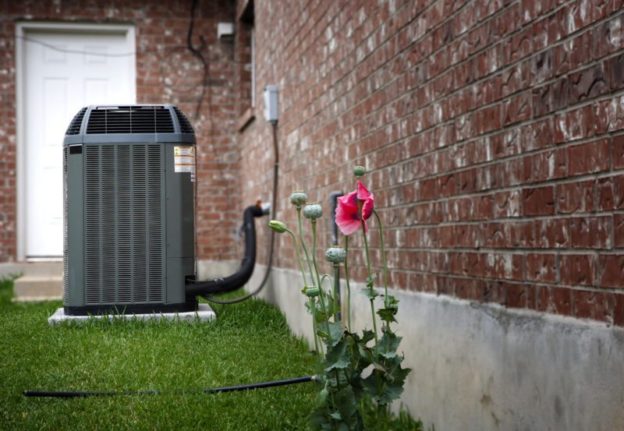Is it colder than normal in your home? If so, consider a trending option in the HVAC industry, Ductless mini-split technology Why? Most homes have ductwork for their HVAC systems; which can consistently lose energy because of how heat circulates throughout the home. A ductless heating system (or mini-split) can help reduce that loss of heat and energy. Here are the pros and cons of ductless mini-split technology, so you can decide if it is right for your home and family.
Mini-splits are a good retrofit add-on for houses with “non-ducted” heating systems as well as for room additions where you can’t extend or install ductwork, says the U.S. Department of Energy. “Like standard air-source heat pumps, mini-splits have two main components – an outdoor compressor/condenser and an indoor air-handling unit. A conduit, which houses the power cable, refrigerant tubing, suction tubing and a condensate drain, links the outdoor and indoor units.”
Pros of ductless mini-split technology:
- Mini-splits are small in size.
- Mini-splits can heat and cool individual rooms (zoning), saving energy and money.
- They are easier to install than other space conditioning systems.
- Mini-splits help reduce the loss of heat and energy that comes with ductwork because they do not use ducts.
- They are more versatile than other add-on systems when it comes to indoor placement. According to the U.S. Department of Energy, “the indoor air handlers can be suspended from a ceiling, mounted flush into a drop ceiling or hung on a wall. Floor-standing models are also available…many offer a remote control to turn the system on and off when it’s positioned high on a wall or suspended from a ceiling.”
- Intruders can’t access your home through the small hole in the wall for mini-splits, unlike air conditioners that are wall or window-mounted.
Cons of ductless mini-split technology:
- Although the cost to operate is lower and rebates/incentives may be available, mini-splits may have a higher installation cost than some systems.
- Size and location matter when it comes to the size of each unit and the best location to install it to prevent wasting energy, having a lack of temperature or humidity control and spending more money on a system that is too big.
- Some homeowners may prefer the aesthetics of a built-in central system versus the indoor unit.
- A place to drain water near the outside unit is necessary.
- Installation requires a qualified HVAC professional.
Based on the pros and cons of ductless mini-split technology, is it the right choice for your home? Keith Air Conditioning’s qualified HVAC team can help you make this important decision and professionally install the system. Contact us at 251-517-4437 to discuss your options today.




